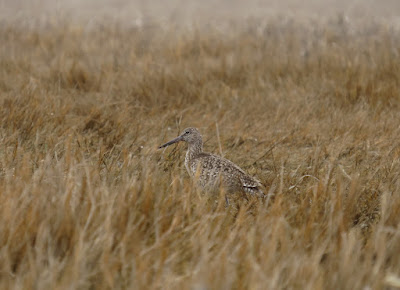I started from Bear House Hill Road. I don't know the origin of that excellent name, but I imagine it to be an old name. What I do know is that this is the original wagon crossing of the East River. At high tide, the water here is not much more than 3 or 4 feet deep with the river being about 30 feet wide with firm banks on either side. Downstream of this point all the way to the Sound, the river runs through a wide marsh. Nowadays, there are a few bridges lower down, but all of them required enough earth moving that they had to wait for the industrial revolution. For me, canoeing has always been tied to a healthy interest in history. As a Boy Scout, some of my first trips were crossing Many Point Lake and paddling into the Little Ottertail River. We actually were paddling into a less swampy man-made channel of that river that dated to logging days in that area. The bottom of the river, in places, was covered with waterlogged trees that sank before reaching the mill. Here on the east coast, I tend to find old dams, fords, and mill sites.
The tide is high and just beginning to fall. The temperature is in the 50's with a light mist that stops as soon as I get started, and there is a light wind of no account coming up the river.
Before I can get to the first bend in the river, I have spotted a Great Blue Heron and an Osprey, and by the sound of it, the small cedar swamp on the left is filled to capacity with Red Wing Blackbirds.
There are several Osprey up in the air looking for fish. To save time, I'll just say that all of the known Osprey nesting sites in this river system are occupied, 'nuf sed.
When I get down below the railroad bridge, I paddle through the Sneak and into Bailey Creek, then down and into the Neck River. A couple bends down the Neck I spot my first Willets. It takes a few moments for my eyes to adjust to spotting them - if they keep there wings folded, they blend in with the marsh surprisingly well. This is the time for them to be returning to the marsh for nesting, and I've noticed in the past that they seem to fill the marsh from the ocean side going inland - kind of like filling a glass of water. By the time I reach the confluence of the Neck and East Rivers, the tide has dropped about a foot. And, as I head back up the East, I begin seeing more shorebirds as they come to the newly exposed silt banks to feed. I end up with about a dozen Willet sightings. I spot a Snowy Egret, my first of the spring, just above the Post Road Bridge.Back up at the Big Bends, a flock of 20-some Yellow Legs cross in front of me to fee on the right bank.
Just below the Clapboard Hill Road bridge (another excellent old name) I spot a mature Bald Eagle. There are a half dozen Osprey circling above, and it may be that the Eagle is waiting for a steal. It flies upriver.As I get near the old burial ground*, I spot an immature Eagle, and a hundred yards upriver, the mature one. With that, it's just one more mile to go.
*There is an old burial ground on the right side of the river. It contains the leader and an unknown number of militiamen from Guilford that, around 1760, went north to fight in the French-Indian War and returned infected with smallpox.






No comments:
Post a Comment